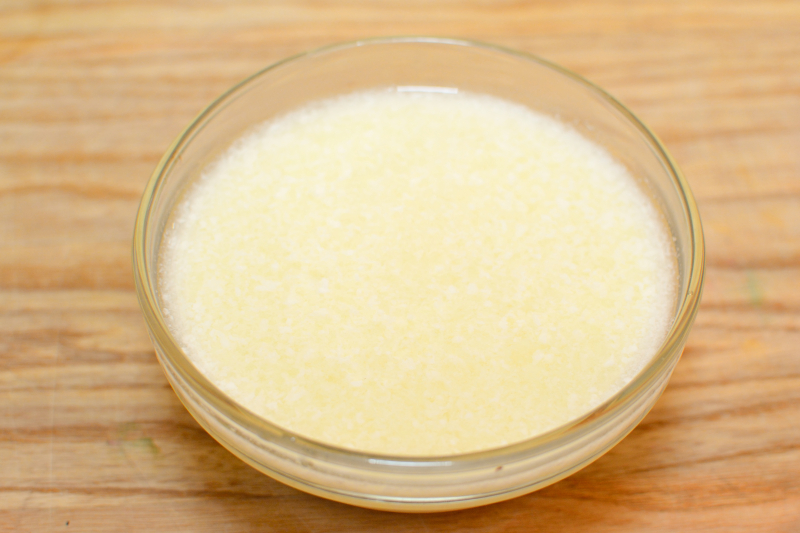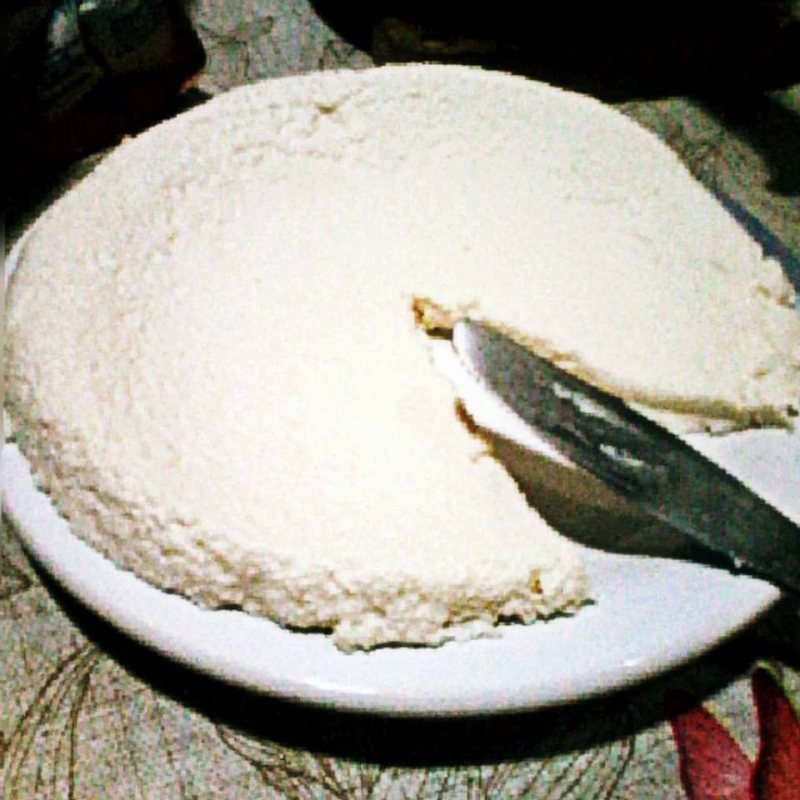Leite Azedo

The indigenous Mucubal population is known for raising their cattle (the Mucubi cattle), which have long supplied them with cow's milk that needed to be stored for extended usage, giving rise to their lengthy custom of creating sour milk known as leite azedo.
To produce this traditional milk product, village women collect fresh milk into a hupa - a gourd that has been split open and hollowed out but has not been washed. The milk is then left to ferment for many hours before being violently churned for roughly a half hour.
This milk product is typically manufactured for personal consumption and is not marketed commercially. Soured milk can be consumed on its own or as an ingredient in traditional dishes such as mane or manhini, which are produced by combining soured milk, funje (cornmeal porridge), and dried meat or mutton.
The indigenous Mucubal people prepare a traditional sun protection cream by combining a layer of thicker cream (obtained from the surface of the milk) with a reddish rock powder. Unfortunately, the cattle's potential extinction as a result of climate change has resulted in a much smaller supply of milk, putting this traditional milk product at risk of extinction.











